Rui Tao
Image
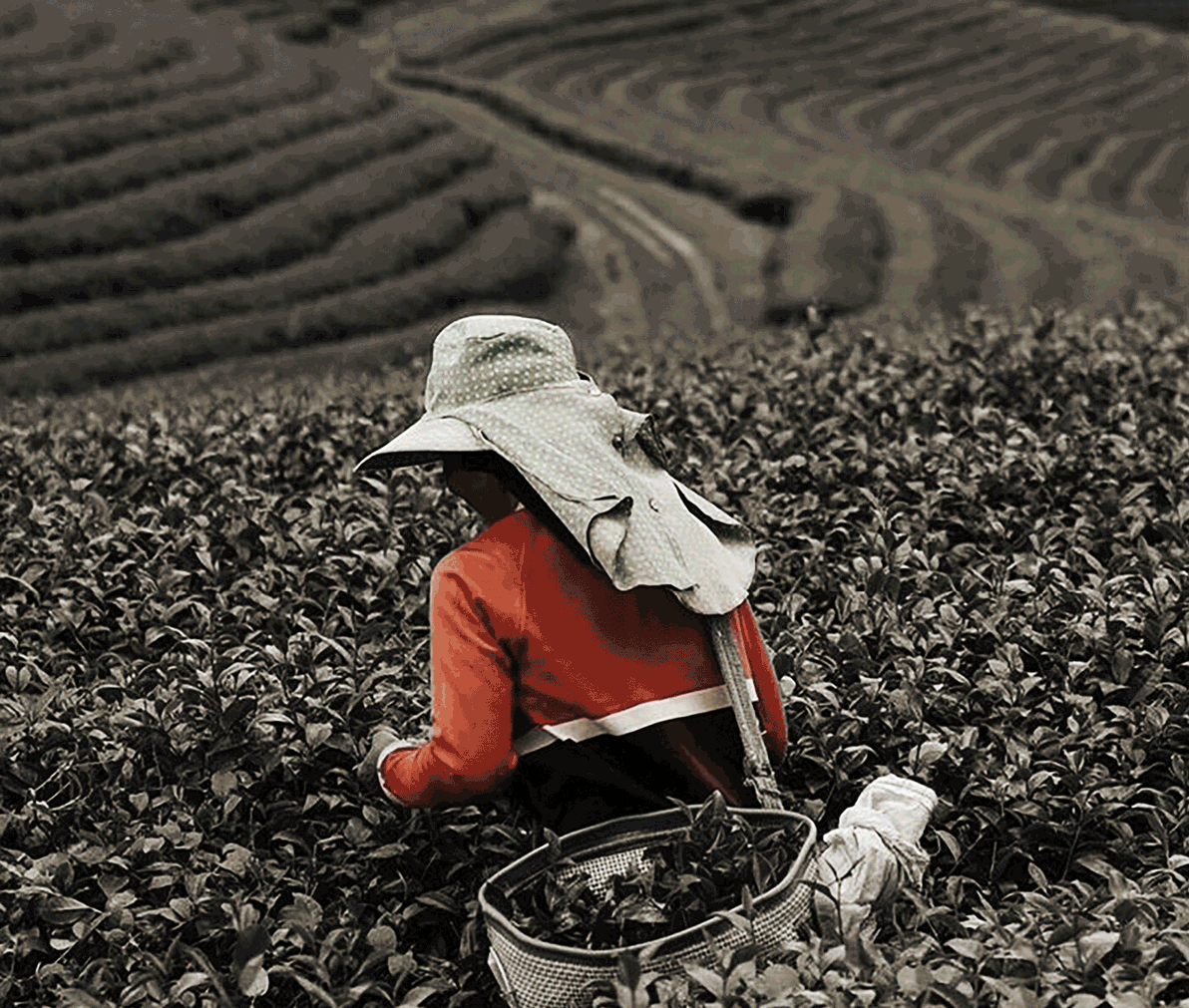
Image
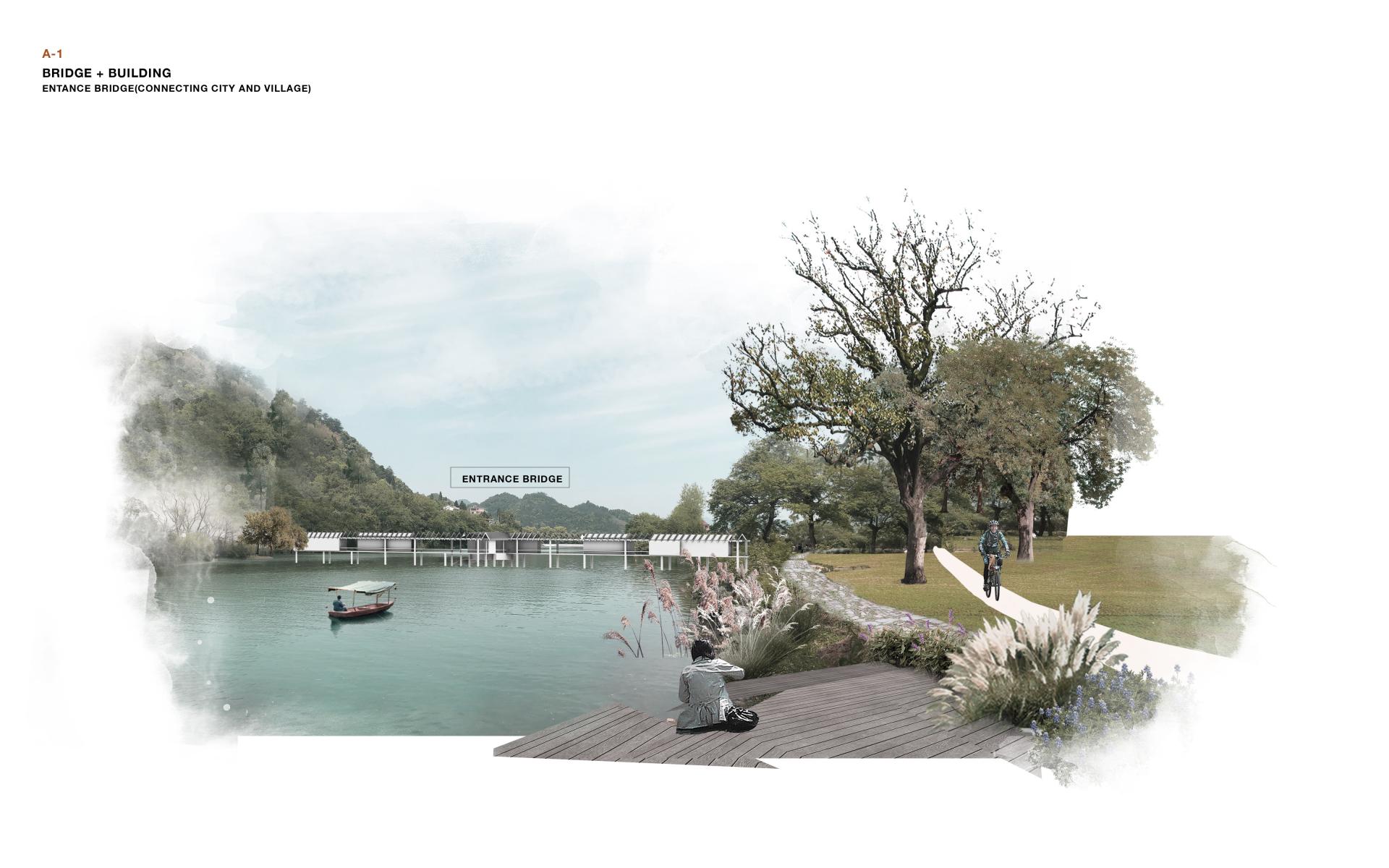
Reviving The Hollowing Rural Village
Reviving The Hollowing
Rural Village
Research on the Coastal Mountainous Region of Kaihua, China
My research focuses on one county in China and the regional and local structure to understand the existing flows between urban and rural areas, including both ecological, industrial and social exchanges. Kaihua county, located in north-west Zhejiang Province, is currently the poorest county economically in this region and has more migrant workers and a more severed hollowing degree.
This thesis aims to revive the hollowing rural village and improve the village’s value as a hybrid public realm - a space encouraging reciprocal flows exchanged from both “rural ground” and urban “new comers”, strengthening the ecological and social ties among water systems and native species, producers, consumers and tourists. The design is trying to generate a model for reordering the experience of the rural territory.
Image
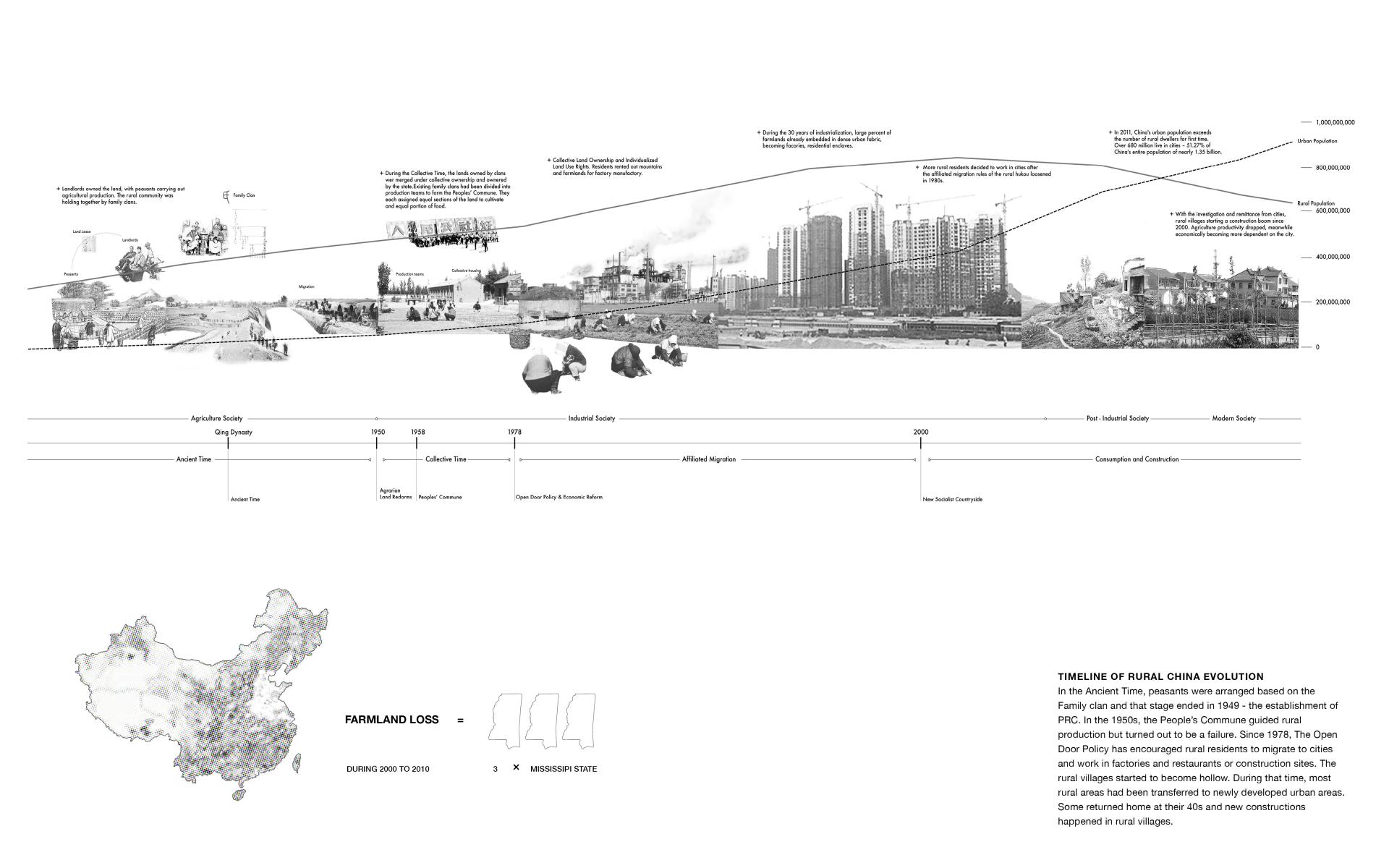
Timeline of Rural China Evolution
Image
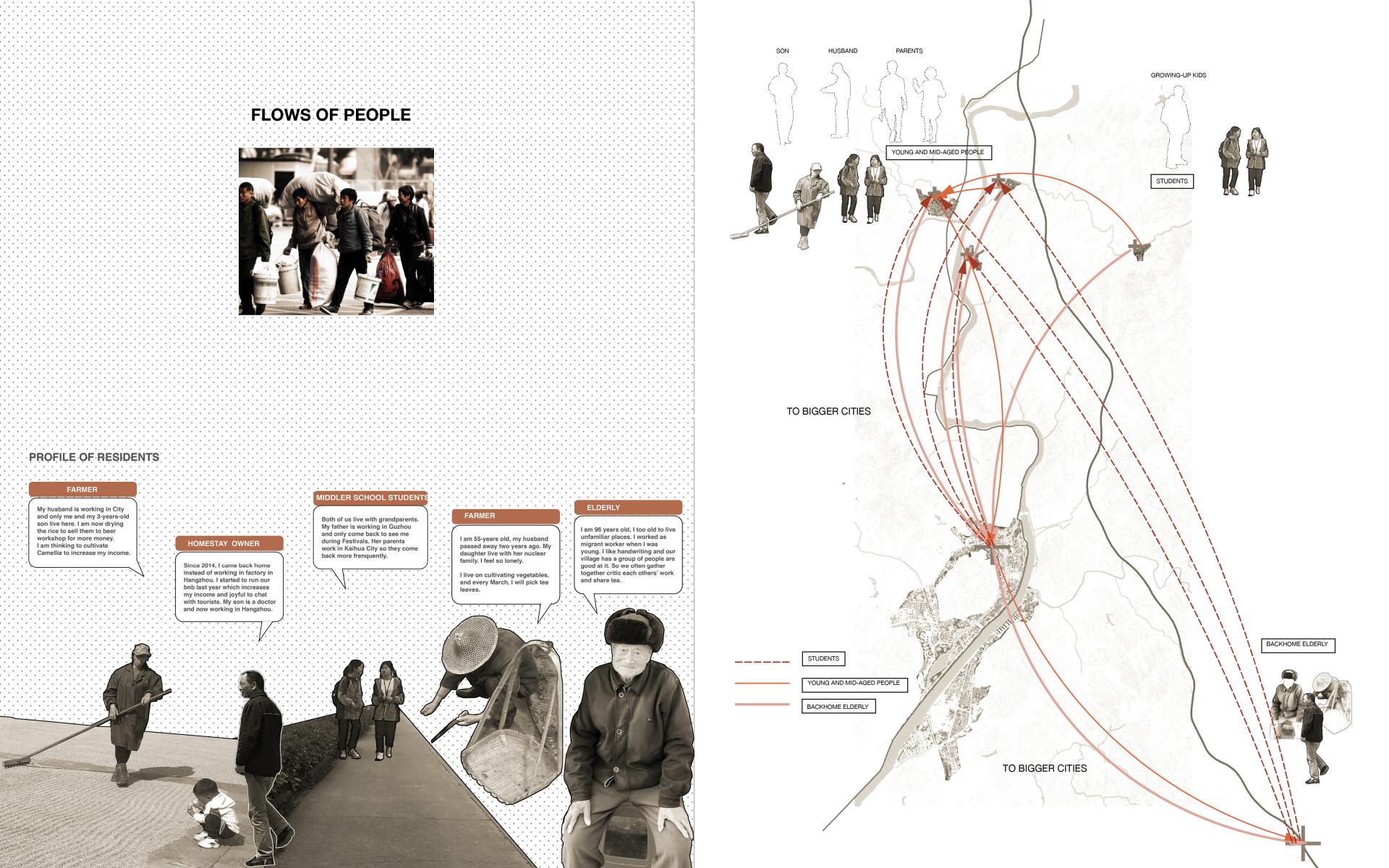
People Flow of Yinkeng village
Image

Design Intervene
Three strategies Revitalize the Hollowing Village
Image
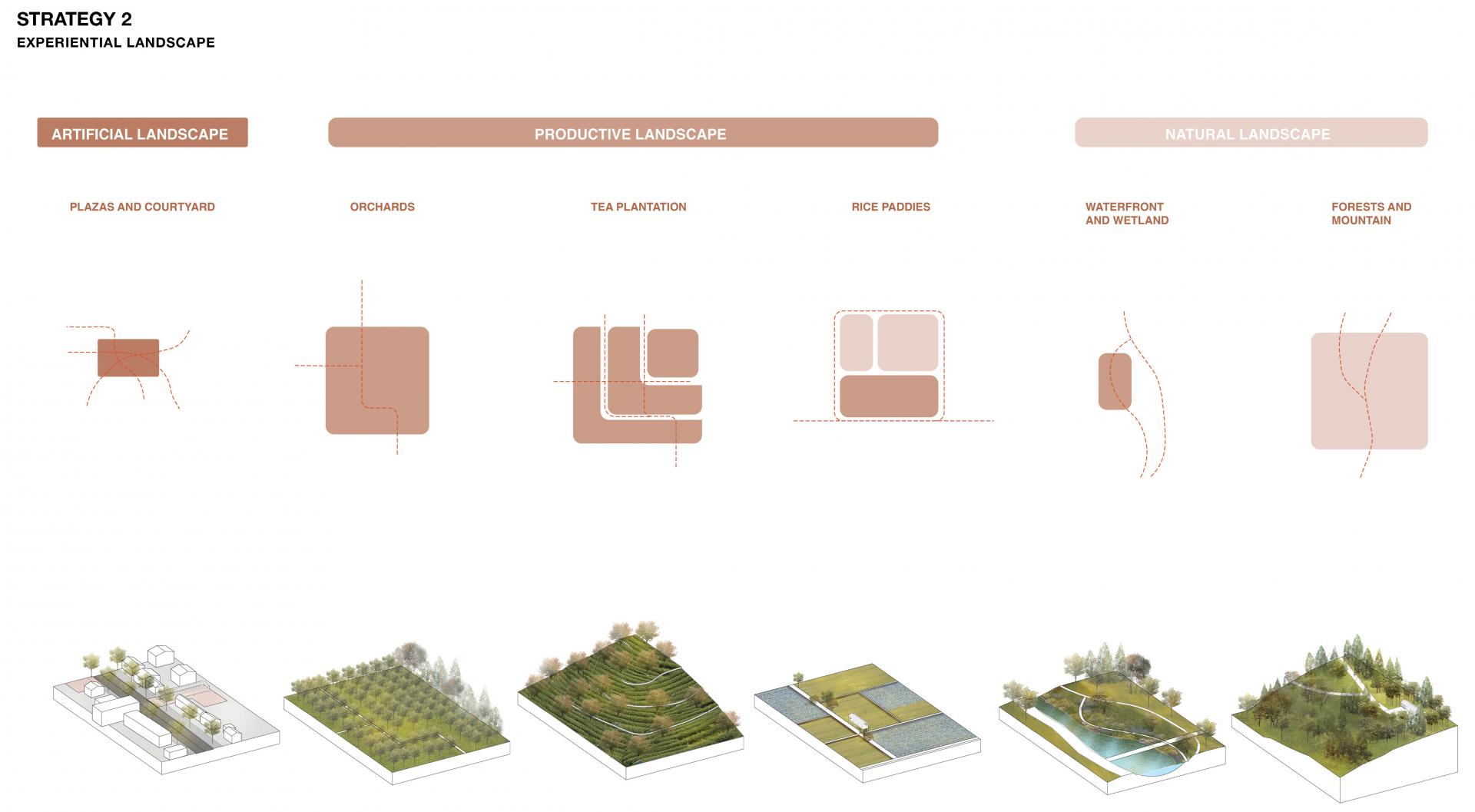
Strategy 2. Experiential Landscape
This is a diagram showing three main types of landscape, and the relationship between path and space. The color means the active/positive degree of each type.
Image
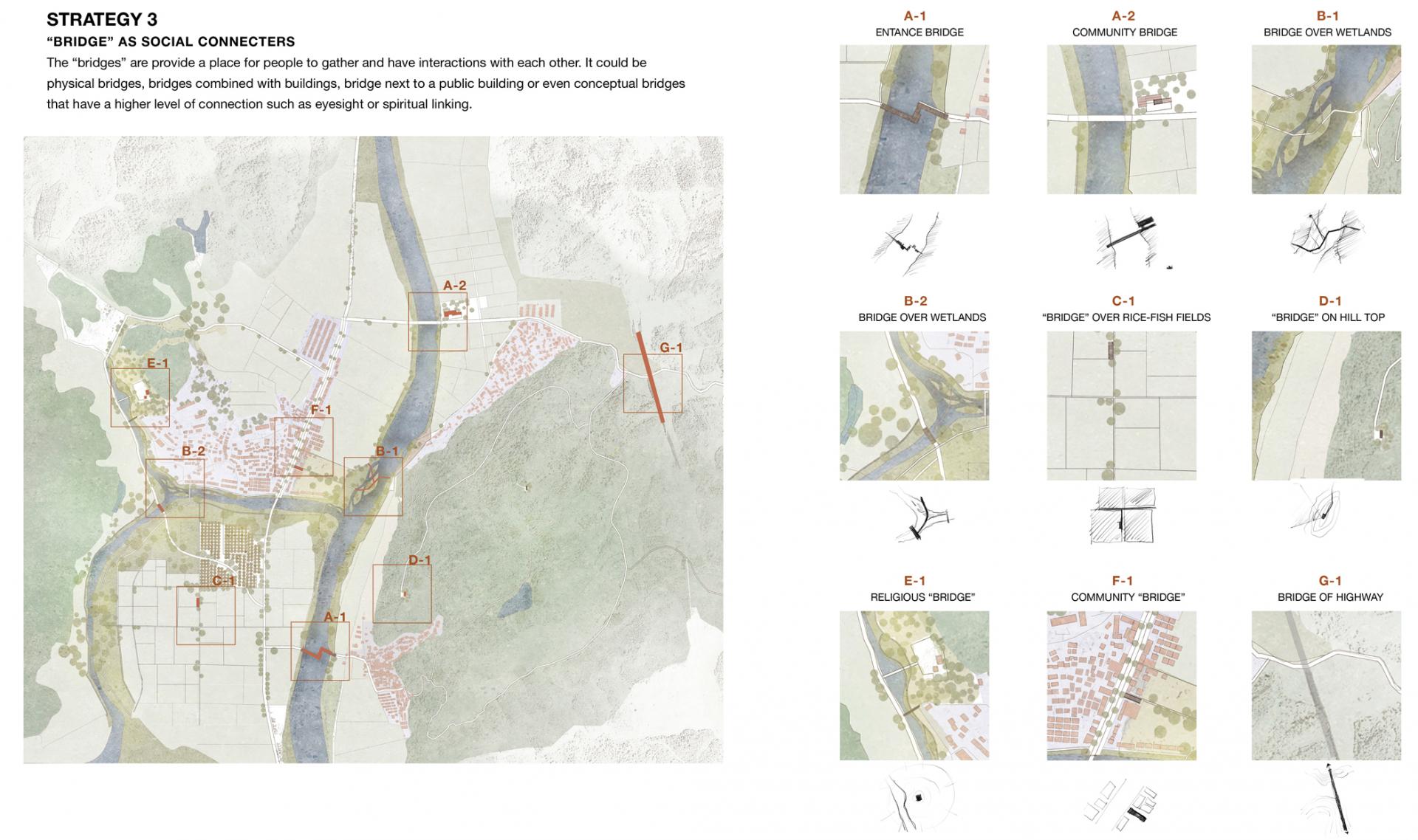
Strategy 3
Bridge As Social Connectors
Image
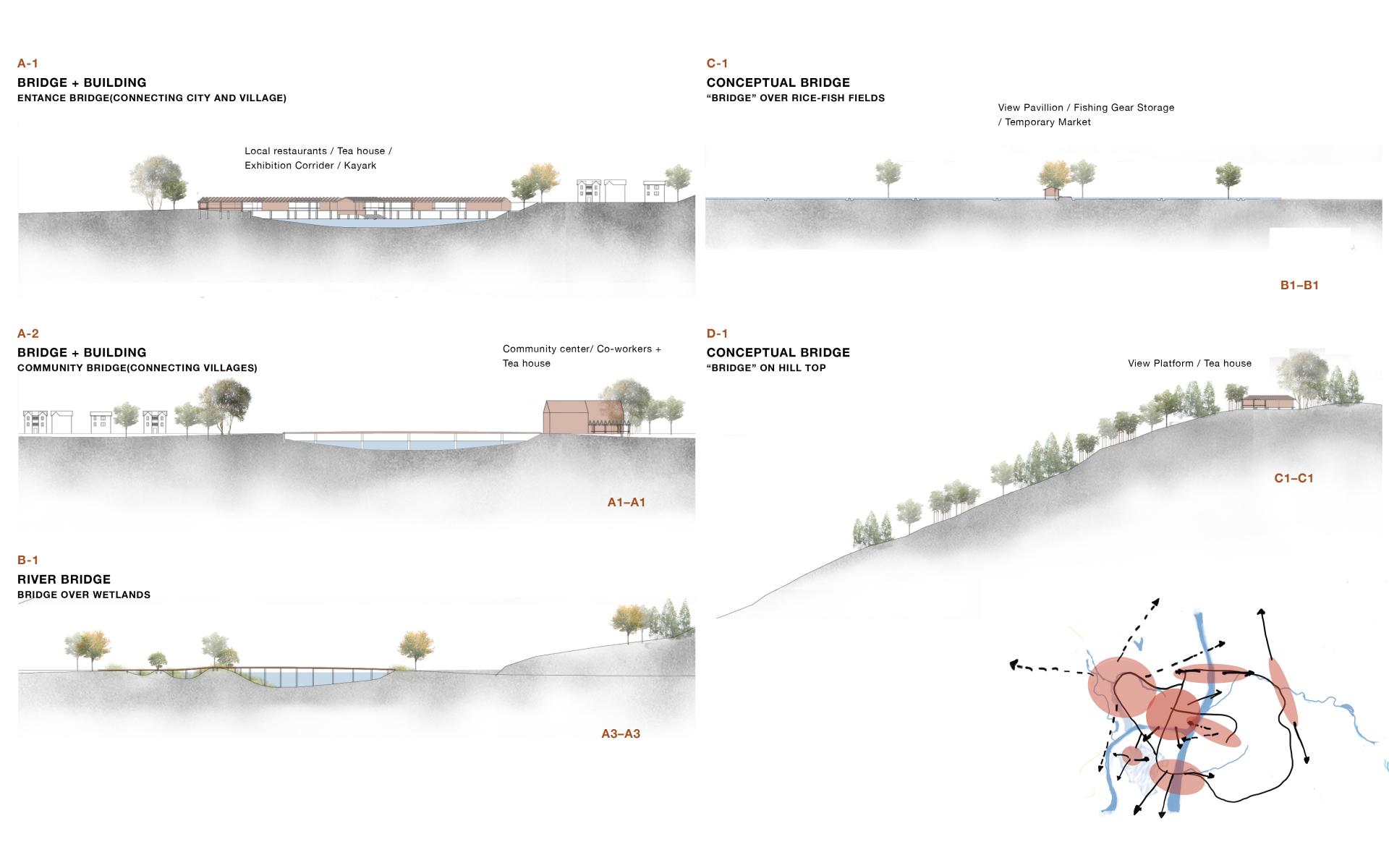
Sections showing some of the Bridges
Image

Collage 1, Entrance Bridge
This bridge is at the enter point that both people come from the city and the locals meet. As an entrance place, it has more public and recreational functions, combining with buildings to form a corridor of local restaurants and exhibition spaces and kayak.
Image

Collage 2, “bridge” over rice-fish fields
This is a bridge set in the rice fields and serves as a sightseeing and resting pavilion. People can get a cup of tea on this bridge when they are tired of farm work. It could also be a flexible market area when people come to catch fish.
Image
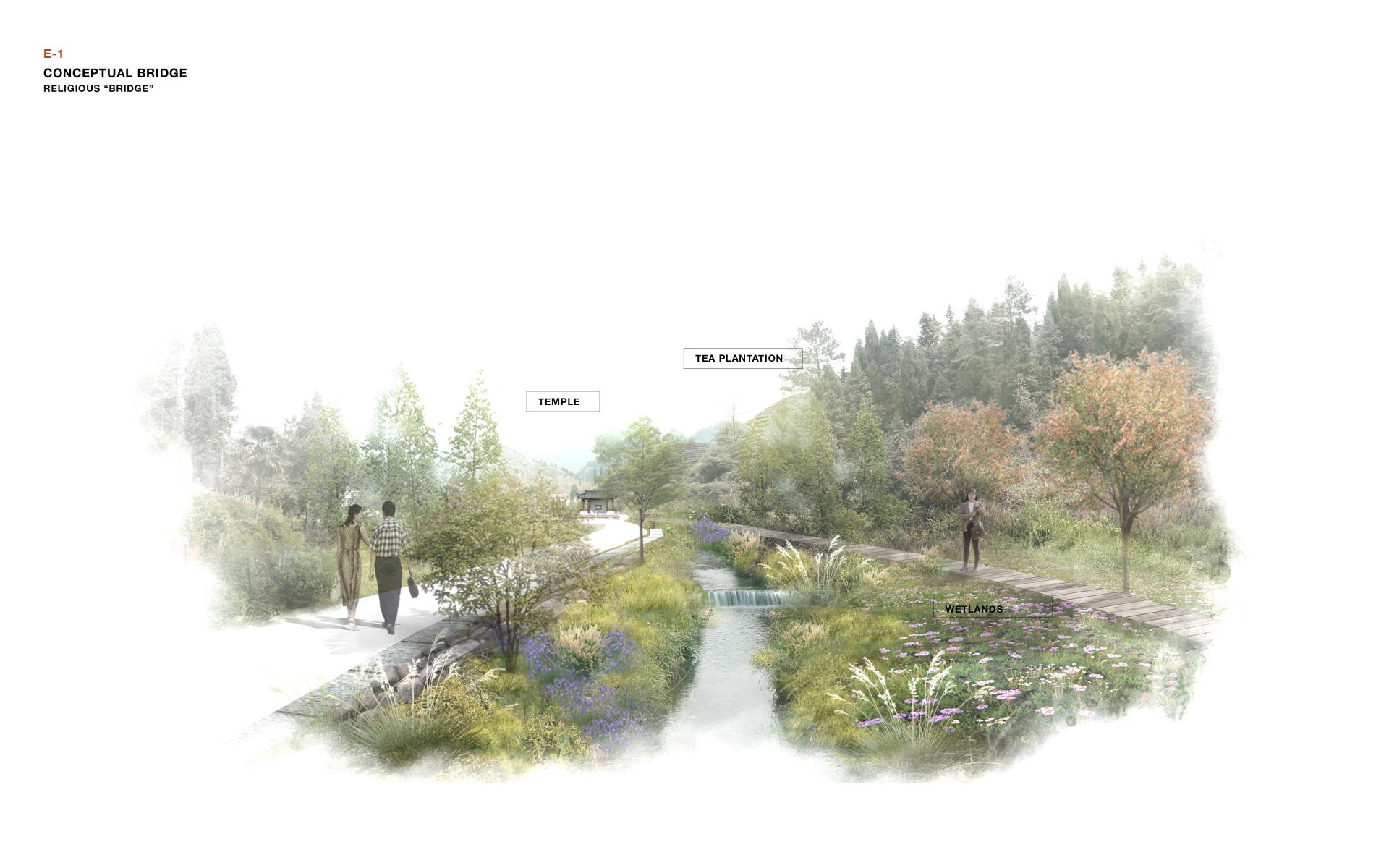
Collage 3, Religious “Bridge”
This is a path through wetlands and meadows to the temple which is in front of a tea plantation. The temple is a conceptual bridge that agglomerates people spiritually. This “bridge” has a wide impact – not only locals come here to burn incense and pray but also people from cities would come and share a cup of tea and meditate.
Rui Tao received her MLA degree at Rhode Island School of Design and Bachelor of landscape architecture from Nanjing Forestry University. She has a strong interest in bridging infrastructure and community demands to her design work as well as providing ecological services. She is also interested in how landscape intervenes reflect and respond to the ethnographic society.
Contact
rtao@risd.edu